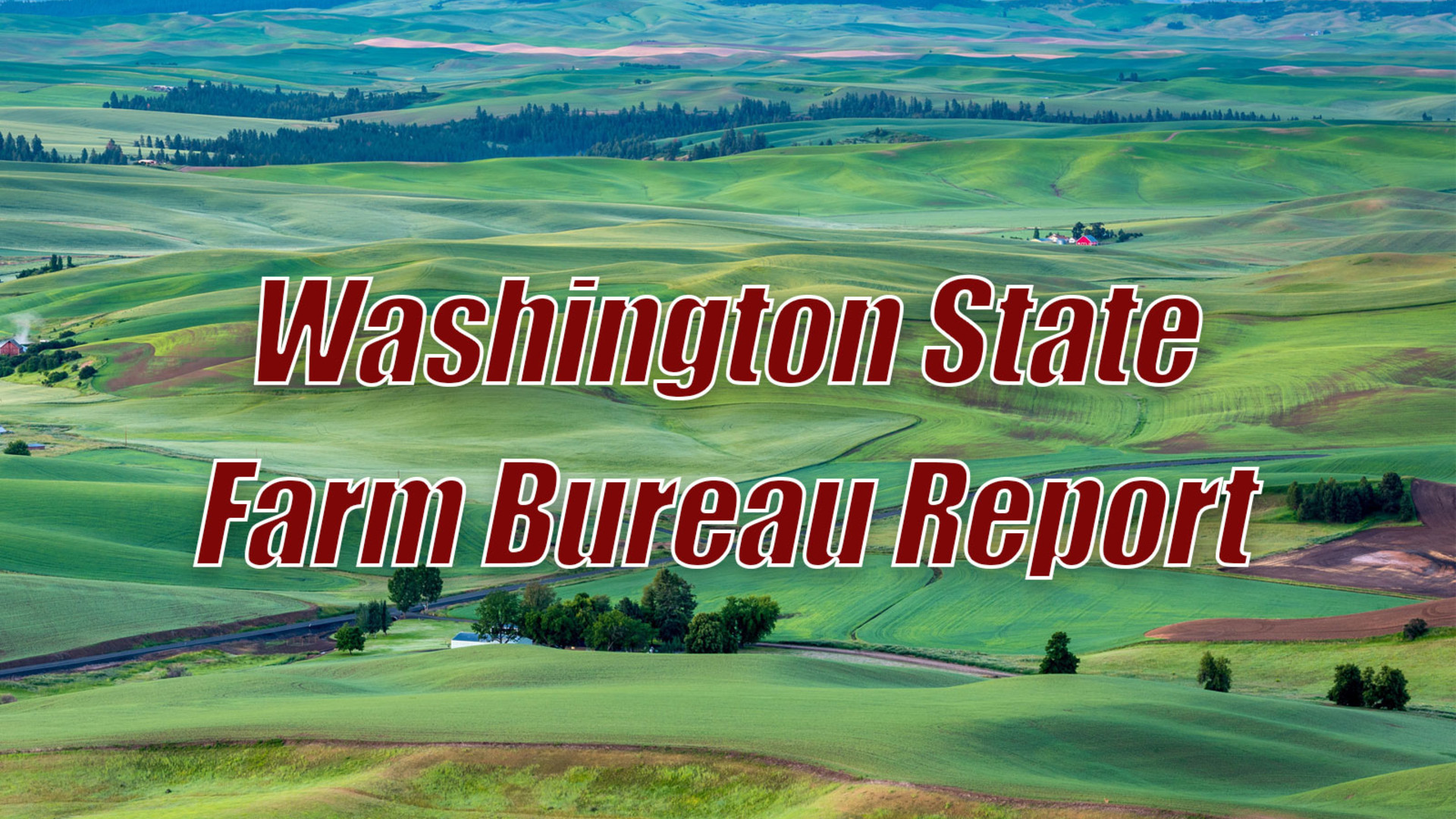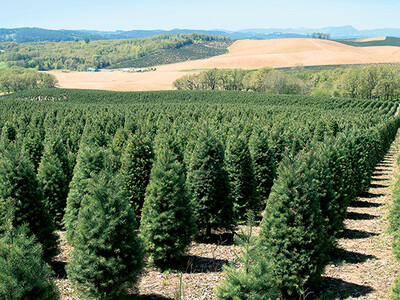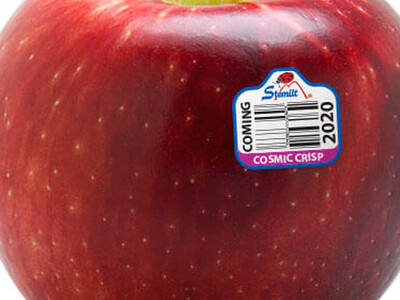Alternative Zebra Chip Control
Until recently, the tuber disease known as “zebra chip” was never seen here in the Pacific Northwest, but as Joseph Munyaneza, entomologist at the ARS Yakima Agricultural Research Laboratory in Wapato shared yesterday, the disease just suddenly showed up in potatoes in the Columbia Basin last year. To avoid having the potato psyllid, the insect which transmits the disease, develop an insecticide resistance Munyaneza and other scientists are researching alternative controls.
MUNYANEZA: You have to be careful when you use insecticides, and so because of that we have to look at those insecticides which are effective, which are less disruptive when it comes to the environment. We are looking into finding products which can prevent feeding, or prevent this insect to lay eggs and have babies in the field. Some of the things we are looking at are like mineral oils, which have shown to have substantial impact in repelling this insect. We have been also looking at things like kaolin surround, which is white clay which you mix with water, which are commonly used in the tree fruits insect management.
With potatoes though this isn’t always an easy form of insect management.
MUNYANEZA: Most of the potatoes here in the Pacific Northwest are under irrigation. So if you put the product and then you come around and you irrigate it you may wash off product.
There is another control possibility though where Mother Nature plays a hand.
MUNYANEZA: We know males are attracted to females. We have been working on developing a pheromone, a pheromone is basically an attractant. We can make this artificially and use it basically to attract these insects to yellow sticky traps.
I’m Lacy Gray and that’s Washington Ag Today on the Northwest Ag Information Network.

















